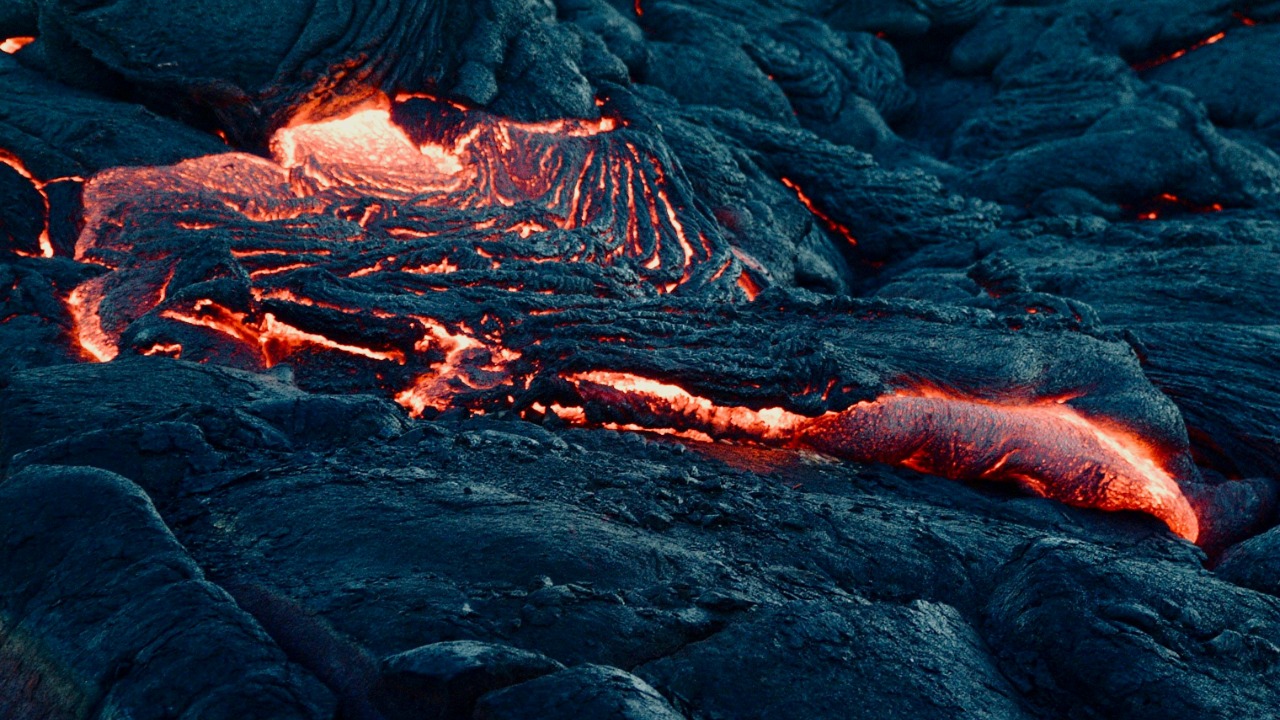
In a groundbreaking discovery that expands the known boundaries of life habitats, scientists have uncovered extremophiles thriving in a blue ‘volcanic goo’ deep in the ocean. This finding builds on earlier reports of creatures living beneath the deep-sea floor and research into survival at hydrothermal vents, the ocean’s hot springs, revealing how life persists in seemingly impossible environments.
The Breakthrough Discovery of Extremophiles
The scientific community was astounded by the 2025 announcement of extremophiles thriving in a blue ‘volcanic goo’ deep in the ocean. This discovery, a first of its kind, was made during an expedition that ventured into the deep-sea, a realm known for its extreme conditions. The initial observation of these organisms in their natural setting has sparked immediate reactions within the scientific community, with the potential to redefine our understanding of extremophile biology.
These extremophiles, discovered in their natural habitat, are a testament to the resilience of life in the face of extreme conditions. The discovery, reported by The Debrief, has opened up new avenues of research into the adaptability and survival mechanisms of these organisms.
Characteristics of the Blue Volcanic Goo
The blue ‘volcanic goo’ is a viscous, colorful substance formed through deep-ocean volcanic activity. It serves as the primary habitat for the discovered extremophiles. The goo’s chemical composition and temperature extremes create a unique environment that enables life to flourish. This isolation deep in the ocean protects these organisms from surface disruptions, providing a stable environment for their survival.
Further analysis of the goo’s characteristics, as reported in 2025, will provide valuable insights into the conditions that allow these extremophiles to thrive. The isolation and stability of this habitat offer a unique opportunity to study life in extreme conditions, untouched by surface disruptions.
Life Beneath the Deep-Sea Floor
The discovery of creatures living beneath the bottom of the deep sea in 2024 set the stage for the recent findings in the volcanic goo. These sub-seafloor ecosystems, as reported by National Geographic, are home to a variety of organisms, including microbes and small invertebrates, adapted to this buried environment.
The geological processes that create these subsurface niches are integral to our understanding of deep-sea exploration efforts. The discovery of life in these extreme environments underscores the resilience of life and the diversity of habitats on our planet.
Hydrothermal Vents and Extreme Survival
Hydrothermal vents, often referred to as the ocean’s hot springs, are another example of extreme habitats. Research from 2019 into survival mechanisms at these vents revealed how they support diverse life forms through chemosynthesis, independent of sunlight. These conditions mirror those found in the blue volcanic goo, suggesting evolutionary parallels in extremophile adaptations.
The study of these vent ecosystems, as reported by the Natural History Museum, provides valuable insights into the survival strategies of organisms in extreme environments. The parallels between these vents and the blue volcanic goo further underscore the adaptability of life in the face of extreme conditions.
Scientific Methods Behind the Discoveries
The discovery of extremophiles in 2025 was made possible through the use of advanced technologies in deep-sea missions. Submersibles and remote sensing were instrumental in locating and studying these organisms. Sampling techniques applied to the blue ‘volcanic goo’ and sub-seafloor areas in the 2024 explorations provided valuable data for laboratory analyses.
These analyses confirmed the viability of life in these hot spring-like vents, building on earlier studies from 2019. The combination of field observations and laboratory analyses has been crucial in advancing our understanding of life in extreme environments.
Implications for Astrobiology and Earth Science
The discovery of extremophiles in blue ‘volcanic goo’ has significant implications for astrobiology. It provides a model for the search for life on other planets, expanding our understanding of the conditions that can support life. The impact on our understanding of Earth’s deep-ocean biodiversity is equally significant, incorporating insights from the 2024 discovery of sub-seafloor creatures.
However, these discoveries also highlight conservation challenges for these unique habitats. The 2019 research into survival at hydrothermal vents underscored their vulnerability to human activities. As we continue to explore and understand these extreme environments, it is crucial that we also work to protect them.
More from MorningOverview